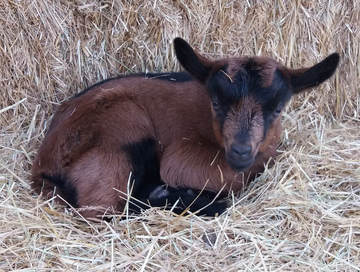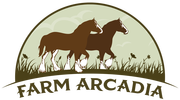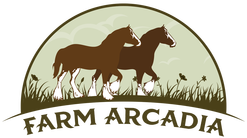 It seems that each year we get to gain experience with a new problem without livestock. It's a learning experience that makes us better prepared to prevent or treat it in the future. This year while I was gone at work, my children found a goat kid that was wobbly and unsteady to the point of not being able to walk well. He had very uncoordinated movements. It wasn't something I have seen before. My husband searched and found treatment. My children searched the herd for other sick kids and found two more. They were all brought in and treated We've read things attributing the illness to a specific bacteria, but I don't know about that. The way it moves through the herd, that makes sense since it appears infectious. They were treated with oral baking soda water to counteract metabolic acidosis. They were also fed sugar water to give them some calories and energy. They still had good suck reflexes, but milk may not be digested as it can paralyze their digestive tract. None of the sick kids looked dirty or were seen eating dirt or dirty straw. It has been muddy this year with quite a few cycles of freezing with snow and then warming up. I wonder if it might have something to do with the weather. The two more severe kids died and the less severe one made a full recovery. They were all from different dams and their siblings were not affected. If this comes through our flock again, my plan is to withhold milk from all affected kids. I will also monitor them for dehydration and err on the side of over hydrating if anything. Keep them warm but not hot - definitely out of the sun as they may not move themselves if suffering from paralysis.
The kid may respond to treatment and seem to rally. Do not let the fool you into thinking they are cured. This pre-death rally is not uncommon in sick animals, especially sick babes. Continue the treatment and keep withholding all milk from them for 24-36 hours from beginning treatment. Check the rest of the herd frequently for even subtle signs in other kids. Do not force feed any kids who do not want to eat. After 24-36 hours, begin giving them their regular type of milk. If from their dam, limit their feeding time to very short. They can have another short snack in another hour. Each time you can let them eat a little more and wait a little longer between feedings. For bottle babies, dilute the first feedings and make them small and a little more frequent than normal increasing in volume, time between feedings, and stop diluting it quite as much. The kids may have normal poop at first followed by diarrhea. This is actually a good sign because it tells you their GI tract is awake and working. Teeth grinding or grunting indicate pain, which you can treat with a little more Pepto Bismol and backing off the feeding a little. Have you seen this in your herd? Have you had treatments that seemed to help your kids survive? Have you tried things that seemed to fail, even considering the high mortality rate?
0 Comments
Your comment will be posted after it is approved.
Leave a Reply. |
Mindy HelmsWife to Brandon, mother to Tess and Liam, farmer, entrepreneur, cook & baker, nurse, and accountant who loves to try new things, travel, and work toward greater self-reliance. Archives
May 2024
Categories
All
|

 RSS Feed
RSS Feed
